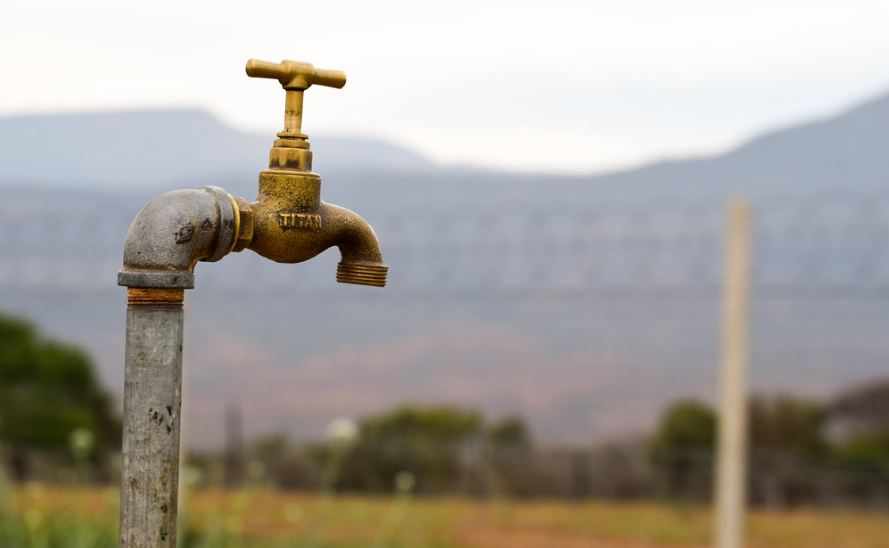Look at specific problems of states lagging behind in coverage of tap water connections: Par panel to govt
Till now, more than 11 crore rural households have been provided tap water connections, out of a total of 19 crore households.Taking note of it, the parliamentary standing committee report, which was tabled in Parliament on Monday, stated that states are equal partners in successful implementation of the scheme and the specific problems in each of the states, which are lagging behind, need to be examined.

- Country:
- India
A parliamentary standing committee has asked the government to look into specific problems of states that are lagging behind in providing tap water connection to rural households.
Under the Jal Jeevan Mission which aims to provide tap water connection to all rural households by next year, some states have lesser coverage than others. Till now, more than 11 crore rural households have been provided tap water connections, out of a total of 19 crore households.
Taking note of it, the parliamentary standing committee report, which was tabled in Parliament on Monday, stated that states are equal partners in successful implementation of the scheme and the specific problems in each of the states, which are lagging behind, need to be examined. The committee noted that still a major part of the work remains to be completed in the 13 focused states which include big states such as Andhra Pradesh, Uttar Pradesh, West Bengal, Jharkhand, Rajasthan and Chhattisgarh having achieved only 29.56 per cent, 30.21 per cent, 30.30 per cent, 30.53 per cent, 31.58 per cent and 38.81 per cent coverage so far.
''The committee, therefore, recommend the department to look into the state specific problems and devise suitable measures to fast-track implementation of JJM to realise the objectives at the earliest,'' it said.
The committee also noted that in some states such as Maharashtra, where actual work started in 2021, surveys were conducted hastily without actually visiting households and uploading information through Google images which has resulted in exclusion of many households in the villages, leading to faulty reporting of data on the Integrated Management Information System (IMIS).
Further, in many places, water supply schemes have been launched without proper assessment of the water supply source, causing practical difficulties in the execution of piped supply of water, it said.
Similarly, though 87.46 per cent of schools and 82.63 per cent of anganwadi centres are reported to have been provided with tap connections, the actual availability of water through these taps needs to be verified on ground through physical verification.
''Though district nodal officers have been given the responsibility to enter district level data, which is further approved by state nodal officers, and at national level, National WASH Experts (NEW) have been appointed since August, 2022, the committee believes that the scheme could be successfully implemented only when local officials are given the verification work,” it said. Local monitoring on real-time basis and reporting of functional piped water infrastructure would be a great step in preventing not only inconsistency in factual information but also provide a genuine feedback for adoption of corrective measures, the report said.
''The committee are of the opinion that in order to achieve the target of 100 per cent coverage of village households with regular assured water supply within the prescribed period, these practical issues in implementation, if sorted out, would certainly make JJM a fruitful mission,” it said.
(This story has not been edited by Devdiscourse staff and is auto-generated from a syndicated feed.)
ALSO READ
Jharkhand's Global Academic Leap: CM Hemant Soren's Oxford Odyssey
Jharkhand Assembly's Budget Session: Key Approvals and Initiatives
Chill Hits Rajasthan: Sub-10 Degree Nights & Rainfall Reported
Tragedy Strikes Family on Jharkhand Road
Rajasthan's Bold Move: Tiger Relocation Sparks Conservation Success










